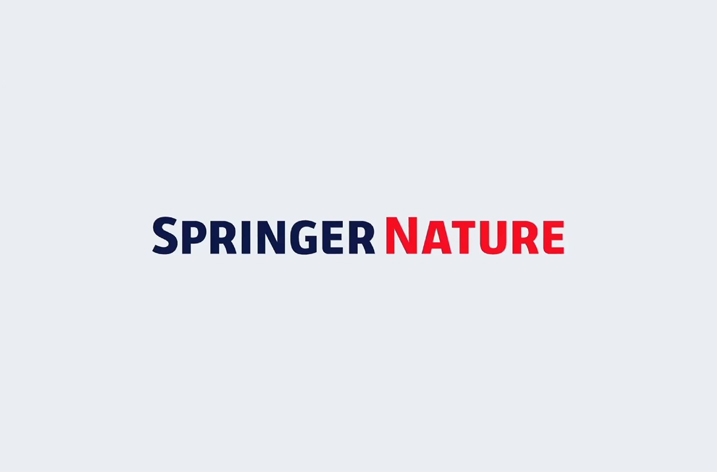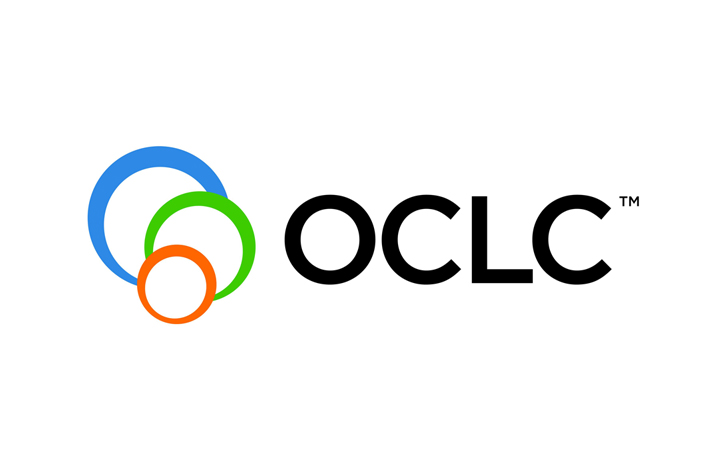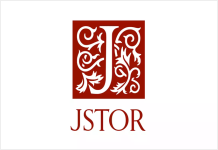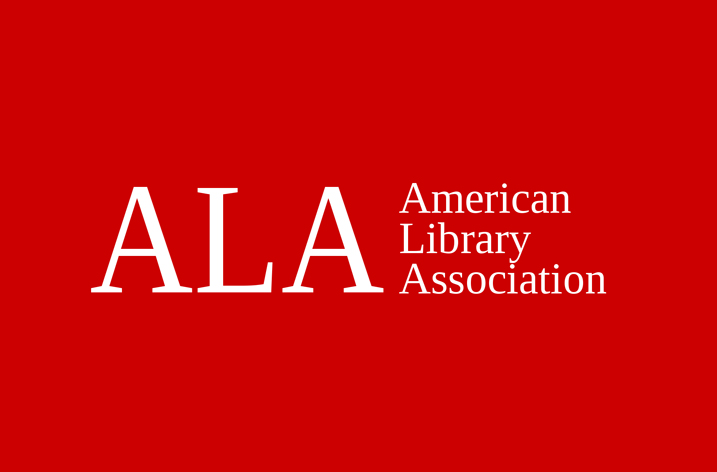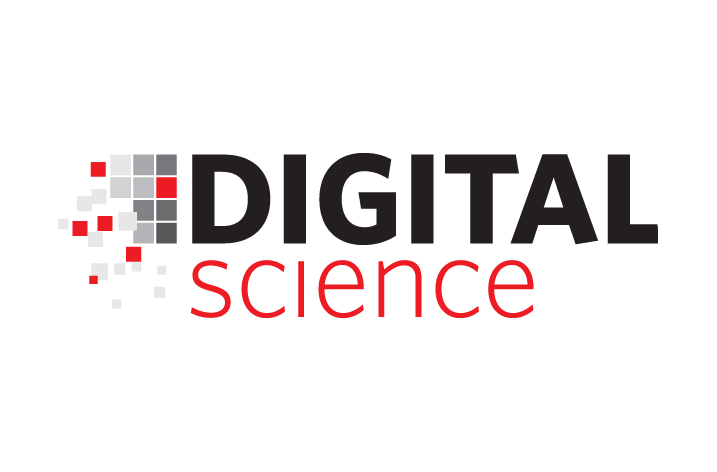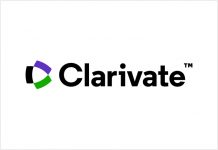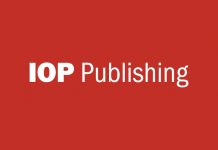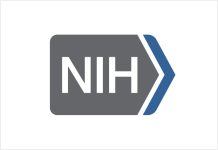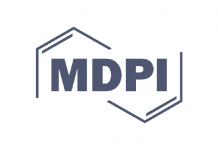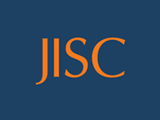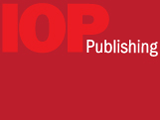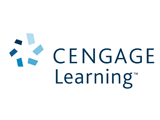A £10 million Government investment announced today by Universities and Science Minister David Willetts will help universities with the transition to open access to publicly-funded research findings.
The investment will enable a number of research-intensive UK institutions to kick-start the process of developing policies and setting up funds to meet the costs of article processing charges (APCs). This is in line with the recommendations of the Finch report on open access, published in June.
Speaking at the British Science Festival in Aberdeen, David Willetts said:
“Removing paywalls surrounding publicly-funded research findings is a key commitment for this Government and will have real economic and social benefits.
“This extra £10 million investment will help some of our universities move across to the open access model. This will usher in a new era of academic discovery and keep the UK at the forefront of research to drive innovation and growth.”
The investment will be made to 30 institutions receiving funding through Research Councils and UK higher education funding councils. It is in addition to the contribution RCUK will be making to institutions to support payment of APCs associated with open access through block funding grants from 1 April 2013 onwards. More details of this will be announced in the autumn.
The UK Funding Councils will launch a consultation this autumn on implementing a requirement that research outputs submitted to any future Research Excellence Framework (REF) should be as widely accessible as possible.
Professor Douglas Kell, RCUK Champion for Research and Information Management, welcomed the announcement, commenting:
“We are delighted that BIS is providing additional funding to a number of universities to assist in their transition to full open access, helping them to set up and manage their funds for research publications. This underpins the work of RCUK and other research funders in providing full access to ground-breaking research that can contribute to both the economic growth and the social wellbeing of the UK and beyond.”
David Sweeney, Director (Research, Innovation and Skills) at the Higher Education Funding Council for England (HEFCE), said:
“We welcome this allocation, which will help establish funds to support freely accessible research publications, and which underlines the principle of open access publication upon which our forthcoming consultation is based. We are delighted to be working with the Research Councils and other funders in this work to support research findings being more widely disseminated.”
The Government has already formally responded to the Finch report on open access and accepted the main recommendations. The details of how the measures detailed in the report should be developed are being worked on by funders in consultation with universities, research institutions, authors and publishers.



